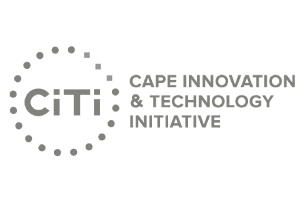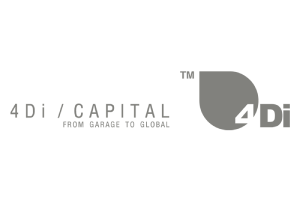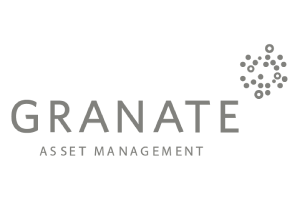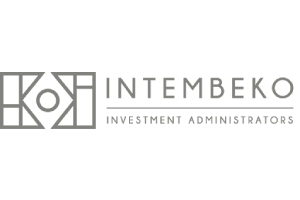Working Capital Cycle Improvements
Managing your working capital cycle correctly is key to running and growing your business in the short term.
OVERVIEW
Working capital cycle is the length of time it takes a business to convert its products or services into cash.
The four general phases of a working capital cycle are:
- Cash – Ensuring there is a healthy cash balance by managing cash inflows and outflows of your business
- Receivables / Debtors – The payment terms for money owed for goods and services you provide
- Inventory – How long it takes to sell your inventory (if applicable)
- Payables / Creditors - The payment terms for money owed for goods and services provided to you suppliers



WHAT’S INCLUDED
Get access to the right financial direction for your growing business.
What is a negative working capital cycle?
A negative working capital cycle can force your business to borrow money at a steep interest rate.
So you’ve recently signed on a big client or large order. Great news! This has the potential to help your business grow and take it to the next level. The client only pays 30 days after invoicing or after the work is done, but you are required to pay staff, acquire raw materials and supplies to deliver the product or service well before the money is received from the client. Have you ever experienced this?
Some businesses order stock from overseas and are required to pay upfront. The stock only gets delivered 30 to 60 days after order and it takes another 30 days to sell the stock. That is a 90-day gap in cash flow where the business has to survive in spite of all the promising action that is on the go.
This is what is referred to as a negative working capital cycle. The gap between paying for costs and receiving the revenue requires businesses to raise funding to cover their expense. Sometimes that funding is from external sources like overdrafts and working capital facilities, other times the funding is from internal sources like savings or director’s loans.


Get a positive working capital cycle
Some big corporations pay their suppliers 60 days after receiving stock and have a positive working capital cycle. We discuss ways in which you can improve your cash cycle and keep money in your business.
Some businesses have a positive working capital cycle. This means that they receive their income before paying expenses. For instance, a large food retailer often sells items to their customers for cash and only pays their suppliers 60 days from receipt of stock. Rental properties earn rent at the beginning of the month and pay the related costs at the end of the month.
If your business suffers from a negative working capital cycle you have likely found ways to fund the gap in your cash flow. We have found that business owners often rush into expensive funding like overdrafts. The interest on overdraft can be up to 27% per year. Some business owners are not even aware of the interest that they are paying and the money that they are losing by making use of their overdraft.
The go-to quick fix for most businesses is to try to negotiate a cheaper rate on their overdraft. Although this does help, business owners should rather reduce the negative working capital cycle that they find themselves in by reducing the number of days between costs being paid and revenue being collected.
Here are 4 ways of reducing your working capital cycle and keeping the money in your bank account:
- Negotiate reduced payment terms with customers and include terms in a service level agreement. Example: from 30 days payment terms to 15 days. You would be surprised how even a 5-day reduction can make a big difference.
- Offer reduced rates for customers who pay upfront. Be careful to weigh up the discount against the cost of financing before making this decision.
- One can also offer early settlement discounts to clients with long outstanding debts.
- Negotiate increased payment terms with suppliers and include terms in a service level agreement. Example: from 30 days payment terms to 60 days. A 5-day increase can also make a big difference on this end. Some regular suppliers that you are paying upfront may be willing to accept increased payment terms for regular customers or in exchange for increased prices. (the increased price needs to be compared to the cost of financing)


Access to faster loans through cloud access and fintech companies
There are also new fintech companies that provide quicker and potentially cheaper access to funding when compared to normal bank overdrafts. These companies request access to your cloud accounting system through APIs and can offer you loans within 24 hours – allowing for increased flexibility.
TESTIMONIALS
What Our Clients Say.
Entrepreneurs change the world. They create growth, job opportunities and social impact. We serve entrepreneurs! Hundreds of founders and management teams tap into the expertise of their trusted finance and accounting partner to help scale their companies.
Business is about people. When you partner with Outsourced CFO, a finance professional or team with the right mix of knowledge, skills and experience is personally matched with your company – working with you to create a world class finance function for your growing company. Your success story is our success story.








PARTNERS
Our Clients.







RESOURCES
Read Our Latest Insights.

Introduction to Outsourced CFO’s Fintech and Business Solutions
“The world is changing very fast. Big will not beat small anymore. It will be the fast beating the slow.” – Rupert Murdoch, Media Mogul

Streamlining Your Business with OCFO’s Fintech and Automation Solutions
Work smarter, not harder – using the latest cloud technologies and automation software. The rise of the Fintech industry and cloud technology has changed the

Tailored Solutions for Diverse Needs: OCFO’s Flexible Financial Infrastructure Packages
As any startup founder knows, a rapidly growing business can suddenly find itself facing unexpected infrastructure challenges caused by the complexity of managing multiple financial
FAQ
Frequently Asked Questions
What is a working capital cycle?
A working capital cycle is the length of time it takes a business to convert its products or services into cash.
What are four general phases of the working capital cycle?
The four general phases of a working capital cycle are:
- Cash – Ensuring there is a healthy cash balance by managing cash inflows and outflows of your business
- Receivables / Debtors – The payment terms for money owed for goods and services you provide
- Inventory – How long it takes to sell your inventory (if applicable)
- Payables / Creditors – The payment terms for money owed for goods and services provided to you suppliers
Why must the working capital cycle be managed?
An unmanaged working capital cycle will result in mismanagement of cash that will lead to the business not having enough money to pay its bills and ultimately leading to the business going bankrupt.
Even businesses that have lots of cash can mismanage their working capital cycle. If they optimise their working cycle, they will have more money available to invest or place in higher yielding cash accounts.
GET IN TOUCH
CFO Services
Please fill in your details below and one of our consultants will be in touch within the next 24 hours.
Services Lead Enquiry Form
"*" indicates required fields